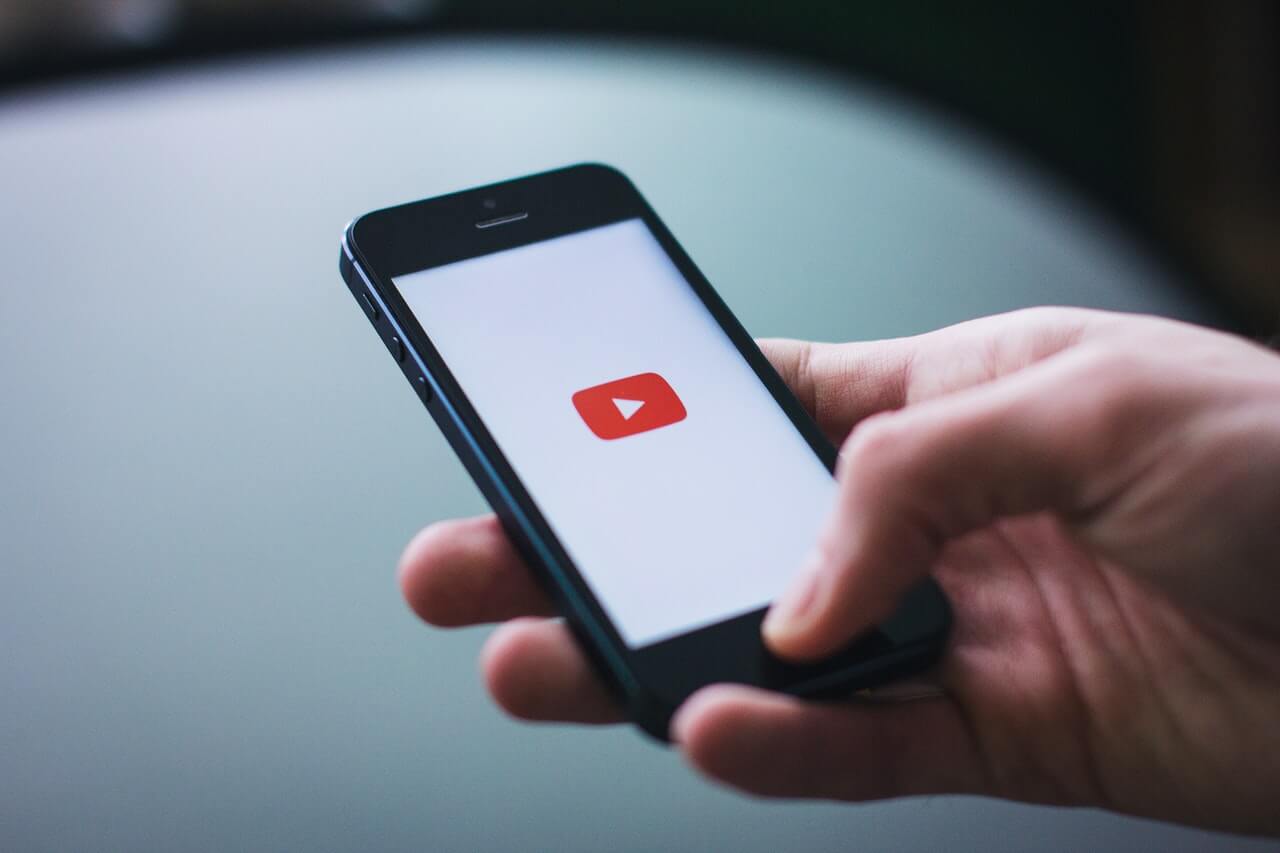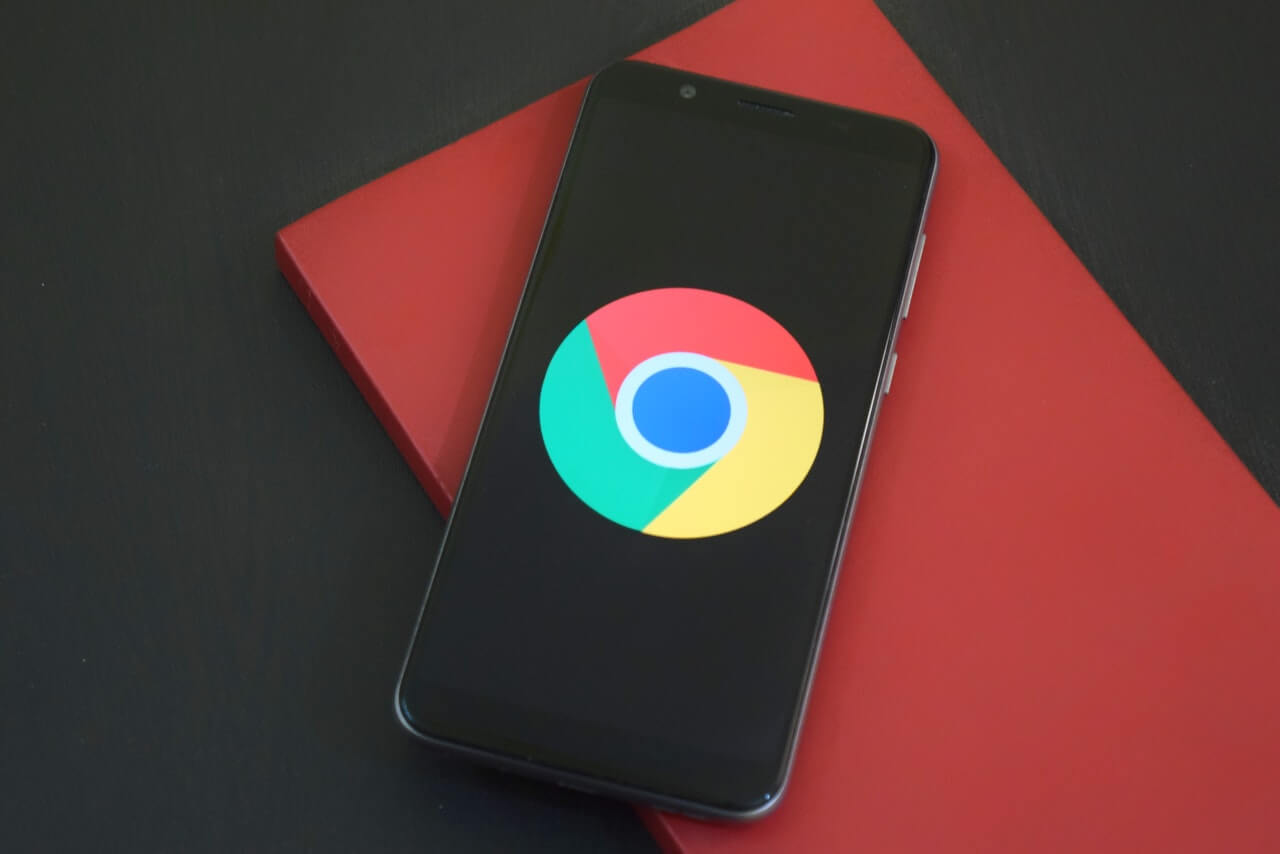While any digital platform or operating system can present barriers to people with disabilities, Android devices have posed a particular problem for members of this community. The good news is that thanks to changes in the Android Accessibility Suite, users of the platform are seeing improvements in their experience.
Google, the parent company behind Android, has updated settings in its operating system, adding features that help the visually impaired, physically disabled, deaf, and hard of hearing.
The Android accessibility features now allow users to customize their devices and modify their accessibility settings or apps in order to improve their experience.
The newly updated accessibility apps by Android will help users access and interact with web pages and also help them when their device is required. Two examples include device use while driving or in low-light or noisy environments.

All the Android Accessibility Suite Features
As you probably know, some options in the accessibility menu (ex. increasing volume, text magnification gestures, keyboard settings) can be implemented through the standard features of each Android device. However, the Android Accessibility Suite includes additional tools that improve accessibility for people with disabilities. Below is a comprehensive list of these tools:
- Live Transcribe: As the name suggests, this option allows users to get real-time captions during a conversation. Google designed this system to catch even the trickiest nuances, helping everyone to make the most of the information they see in each menu, web page, or app.
- Spoken Feedback: Also known as TalkBack, the Spoken Feedback option gives users voice access as they manage their alerts and notifications in their device’s settings.
- Select to Speak: This feature enables users to select some elements on the device’s screen and get a voice description. As Android notes, this is useful for people with visual impairments and users who find text size too small in certain pages or apps. The device will live-transcribe every bit of text on your screen.
- Change the Display: Users with disabilities can change their device options using different display sizes and font sizes, magnification, contrast and color options, and more. They can customize their home screen, zoom, magnify, or make a color correction on their screen.
- Switch Access: Instead of using the touch screen, Switch Access provides users with a switch, keyboard, or mouse to navigate their device.
- Voice Commands: Android users who find a touch screen difficult can also use spoken feedback to open apps, navigate or even edit their typing (hands-free). Currently, this is a beta release and is only available in English.
- Braille Display: Visually impaired people can use BrailleBack (the name of the feature) to connect a Braille display to their Android devices. There is also the TalkBack function, which works well as an addition to the Braille display.
- Audio & On-Screen Text: Caption preferences allow users to change the captions on their devices. There is also the Live Caption, which auto-captions speech on a device. As an alternative, a sound amplifier can be used by those who are hard of hearing or who use hearing aids.
Besides these accessibility options, modern phones already have one or more switches and options that disabled people can customize.
There is the magnification feature, which works only for post-Android 11.0 devices, where users can triple-tap the screen with their fingers to magnify their screen and make items bigger. Read more about Android’s magnification features.
Accessibility Scanner – For Developers Designing Apps Like These
If you are a developer who wants to design an app with specific accessibility options for people with hearing aid support, hearing loss, or visual impairments, make sure to check out the Accessibility Scanner.
The app lets you customize your app to anyone’s screen and phone, as well as use proper font size and configure different app items.
Every disabled person with a device using Android as their operating system should have the freedom to customize their Android device and make the most of it. In short, the Accessibility Scanner works like a developer’s personal assistant that helps them adapt to each accessibility feature.
Where to Explore the Android Accessibility Apps and Services
If you want to explore the accessibility apps in detail and learn more about voice access, Select to Speak, Screen Reader, Live Transcribe, and other features, you can download the Android Accessibility Suite.
Once you’ve done this, go to Accessibility. Here, you can make the most of the Accessibility Menu, Switch Access, Select to Speak, TalkBack, and other settings and customize your phone accordingly.
If you want even more customization options, you can visit the Google Play Store and start downloading other accessibility apps and services. To download, you’ll need to have your email address linked to your Google Play account.

Some of the most popular apps include:
- Google Assistant: This great phone assistant by Google can be your writer, personal caller, or voice-operated interface that you can access from each app to do everything with voice.
- IFTTT: This is a very good automation app that can help you set up actions on your phone such as reading your text messages out loud, turning off your lights, or finding your way to a specific destination.
- Envision AI: This app uses the camera to narrate what is happening around you. It can also read documents and scan barcodes.
- Assistive Touch: If you need buttons to tap on when performing an action on your phone, this app is for you. Assistive Touch offers a virtual home button, volume buttons, a back button, a screenshots button, and more.
Final Words
The Accessibility Suite by Google proves that designing app solutions for people with disabilities isn’t easy. But it’s an important endeavor that both motivates developers to present information more clearly and provides value to disabled users.
CONTACT ADA SITE COMPLIANCE today for all your website accessibility needs!
Share via:

Speak With An Expert Now
Have a question?
We’re always here to help.
The ADA prohibits any private businesses that provide goods or services to the public, referred to as “public accommodations,” from discriminating against those with disabilities. Federal courts have ruled that the ADA includes websites in the definition of public accommodation. As such, websites must offer auxiliary aids and services to low-vision, hearing-impaired, and physically disabled persons, in the same way a business facility must offer wheelchair ramps, braille signage, and sign language interpreters, among other forms of assistance.
All websites must be properly coded for use by electronic screen readers that read aloud to sight-impaired users the visual elements of a webpage. Additionally, all live and pre-recorded audio content must have synchronous captioning for hearing-impaired users.
Websites must accommodate hundreds of keyboard combinations, such as Ctrl + P to print, that people with disabilities depend on to navigate the Internet.
Litigation continues to increase substantially. All business and governmental entities are potential targets for lawsuits and demand letters. Recent actions by the Department of Justice targeting businesses with inaccessible websites will likely create a dramatic increase of litigation risk.
Big box retailer Target Corp. was ordered to pay $6 million – plus $3.7 million more in legal costs – to settle a landmark class action suit brought by the National Federation of the Blind. Other recent defendants in these cases have included McDonald’s, Carnival Cruise Lines, Netflix, Harvard University, Foot Locker, and the National Basketball Association (NBA). Along with these large companies, thousands of small businesses have been subject to ADA website litigation.
Defendants in ADA lawsuits typically pay plaintiff's legal fees, their own legal fees for defending the litigation, and potential additional costs. In all, the average cost can range from tens of thousands of dollars, to above six figures. There are also high intangible costs, such as added stress, time and human capital, as well as reputational damage. Furthermore, if the remediation is incomplete, copycat suits and serial filers can follow, meaning double or triple the outlay. It's vital to implement a long-term strategy for ensuring your website is accessible and legally compliant.



